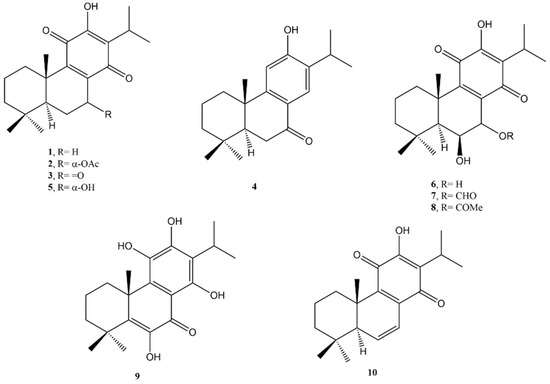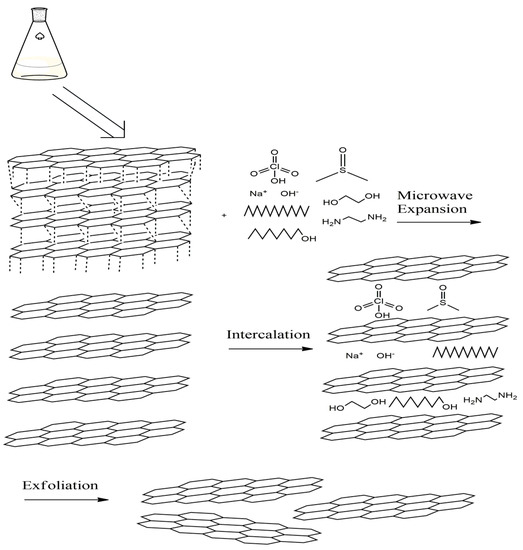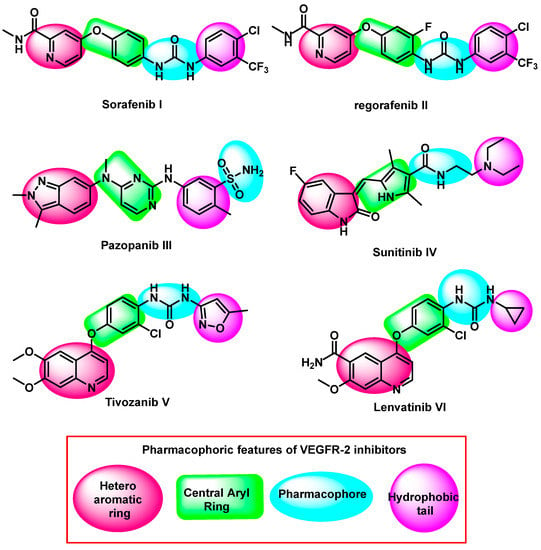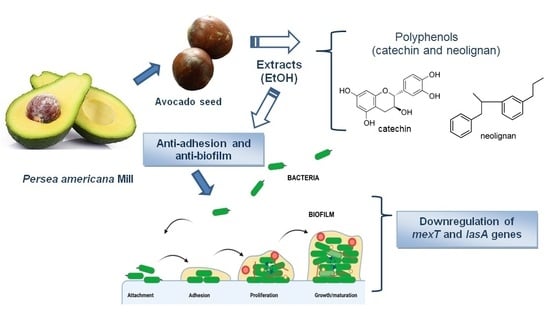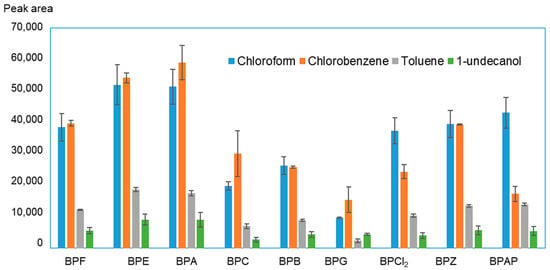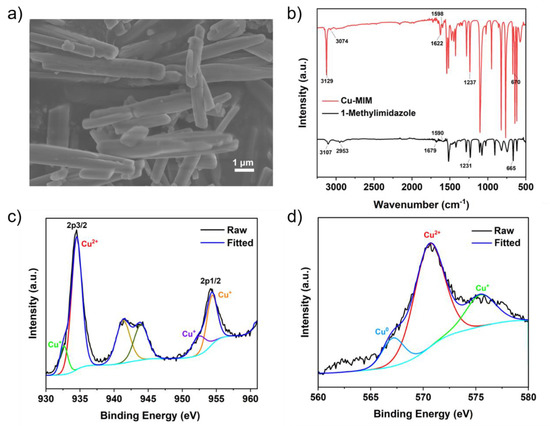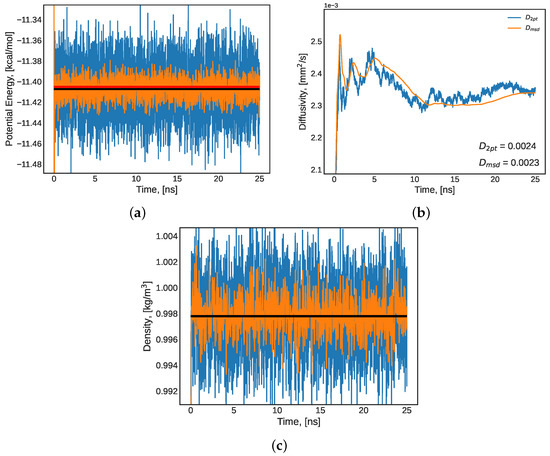Molecules 2022, 27(15), 4753; https://doi.org/10.3390/molecules27154753 - 25 Jul 2022
Cited by 20 | Viewed by 3619
Abstract
►
Show Figures
Epilepsy is a neurological disorder involving persistent spontaneous seizures and uncontrolled neuronal excitability that leads to cognitive impairments and blood–brain barrier (BBB) disruption. Currently available antiepileptic drugs present side effects and researchers are trying to discover new agents with properties to overcome these
[...] Read more.
Epilepsy is a neurological disorder involving persistent spontaneous seizures and uncontrolled neuronal excitability that leads to cognitive impairments and blood–brain barrier (BBB) disruption. Currently available antiepileptic drugs present side effects and researchers are trying to discover new agents with properties to overcome these drawbacks. The aim was to synthesize magnesium oxide (MgO) and zinc oxide (ZnO) nanoparticles from Datura alba fresh leaf extracts and evaluate their anti-epileptic potential in mice kindling or a repetitive seizures model. The phytoassisted synthesized nanoparticles were characterized using spectroscopy; FT-IR, XRD, SEM, and EDX. Analysis of the NPs confirmed the crystalline pleomorphic shape using the salts of both zinc and magnesium possibly stabilized, functionalized and reduced by bioactive molecules present in plant extract. By using several characterization techniques, NPs were confirmed. UV-Vis spectroscopy of biologically produced ZnO and MgO revealed distinctive peaks at 380 nm and 242 nm, respectively. Our findings categorically demonstrated the reductive role of biomolecules in the formation of ZnO and MgO NPs. The mice kindling model was induced using seven injections of Pentylenetetrazole (PTZ, 40 mg/kg, i.p) for 15 days alternatively. The results showed that mice post-treated with either ZnO or MgO nanoparticles (10 mg/kg, i.p) significantly improved in respect of behavior and memory as confirmed in the Morris water maze (MWM), open field (OF), novel object recognition (NOR) test compared with PTZ treated mice. Furthermore, the ZnO and MgO nanoparticle treatment also maintained the integrity of the BBB, reducing the leakage, as confirmed by Evans blue dye (EBD) compared with PTZ treated mice only. In summary, the current finding demonstrates that green synthesized ZnO and MgO nanoparticles have neuroprotective, ant-epileptic potential, molecular mechanisms, and clinical implications need to be further explored.
Full article

